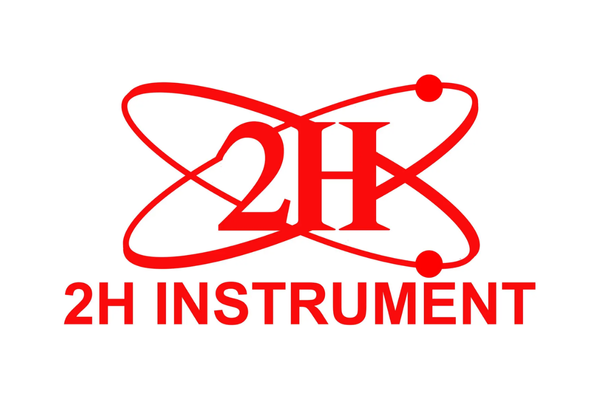Over the last two decades small angle X-ray scattering (SAXS) has seen a rise in popularity driven by the improved brightness and collimation of 3rd generation synchrotron beams as well as upgrades in detection systems. However, recent technical advances in laboratory X-ray sources, hybrid pixel detection systems and improved analysis tools (corroborated with the progress in computer science that lead to an increase in calculation power necessary for easy and accurate data analysis of the large data sets generated) have made laboratory SAXS a powerful and versatile technique for the structural characterization of various samples.
Small angle X-ray scattering is an established technique in the experimental toolbox of many research labs. Numerous scientific research fields such as materials, food, cosmetic, polymer etc. sciences are using a large panel of characterization techniques such as electron microscopy, surface force measurement, nuclear magnetic resonance, light scattering and others. SAXS, by virtue of the X-ray nature of the light used to characterize samples, provides complementary information which can be essential in painting a complete picture of the sample. Its numerous advantages, such as limited requirements for sample preparation, speedy and non-destructive measurements, and the ability to offer both surface and bulk information, make it a standard characterization tool for morphology analysis at the nanometric scale. Recent interlaboratory studies [1] and the emergence of dedicated ISO standards [2.3] have proven the accuracy and traceability of the technique.
Furthermore, the high quality and statistically relevant results together with the possibility to perform experiments in-situ, operando, or under changing conditions (such as temperature, humidity or external fields (tensile, electrical etc.)) have enabled researchers to answer numerous scientific questions and share the newly acquired knowledge with the community through publications in peer-reviewed journals.
One of the key performance indicators of an experimental technique is the number and quality of publications accepted in peer-reviewed journals. In the last decade, the popularity of laboratory SAXS has seen tremendous growth. As shown in the number of publications resulting from data collected either wholly or partially on laboratory small angle X-ray scattering instruments has seen a steady increase and doubled over the past 9 years. This ascending trend is also mimicked by the number of citations these papers have received, suggesting that the results obtained with laboratory SAXS have a considerable impact on the research fields to which they belong.
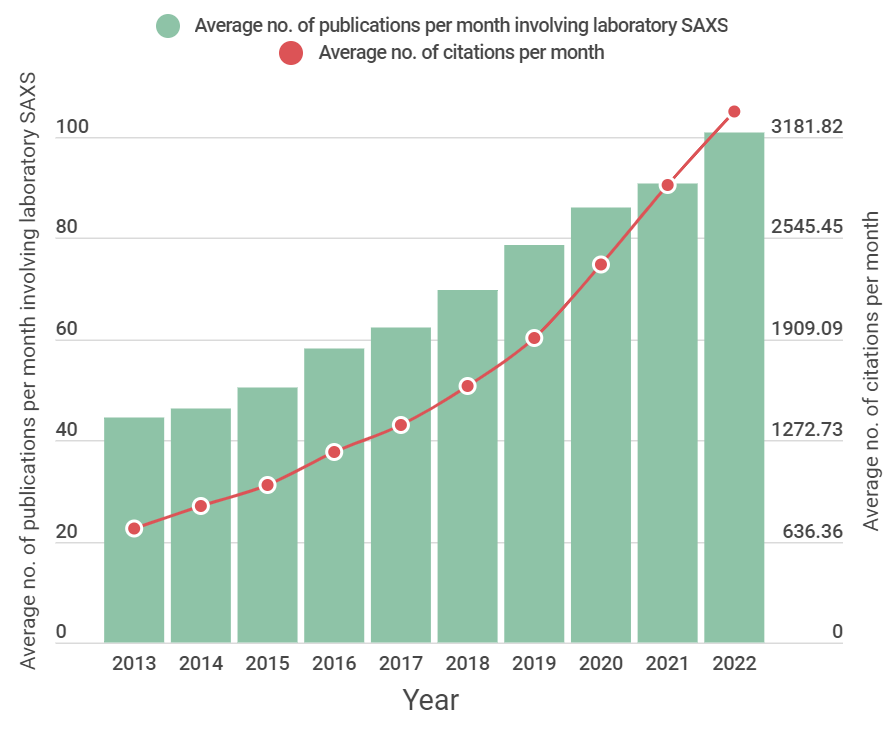
A growth in the number of publications is however to be expected as this is the trend, with different rates, for most scientific fields. What is probably more telling of the technique’s popularity is the evolution, within the field of small angle X-ray scattering, of publications employing laboratory instruments. As showcased in Fig. 2, the percentage of publications performed on laboratory sources has doubled as well over the last decade and accounts today for more than 20% of all publications that include SAXS data.
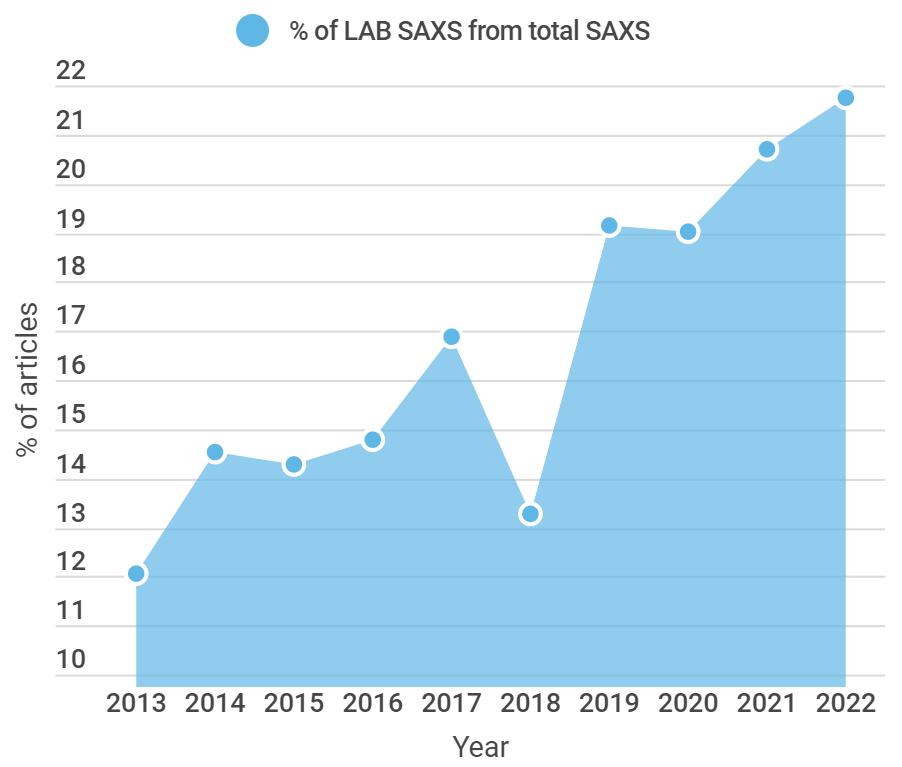
Fig. 2 Percentage of papers showcasing data collected either wholly or partially on laboratory small angle X-ray scattering instruments from the total number of articles presenting SAXS data. Data extracted from dimensions.ai in July 2022 and cumulated over all commercially available SAXS instruments.
Laboratory SAXS reveals a multitude of information on a variety of materials
The versatility of the technique is proven on one hand by the variety of materials studied and on the other by the multitude of information extracted from SAXS measurements. These are enabled by the capability of the technique to adapt the geometry of the measurement to the different requirements imposed by the samples. A wide range of length scales is available by detecting X-rays scattered into small angles (SAXS) revealing the structure between 1 and a few hundred nanometers or wide angles (WAXS) revealing structural information at the atomic scale. Even though most experiments are performed in transmission mode, as can be deduced from Fig. 3, grazing incidence (GI) geometry can be adopted in order to obtain surface and subsurface structural information or to study the structure of thin films.
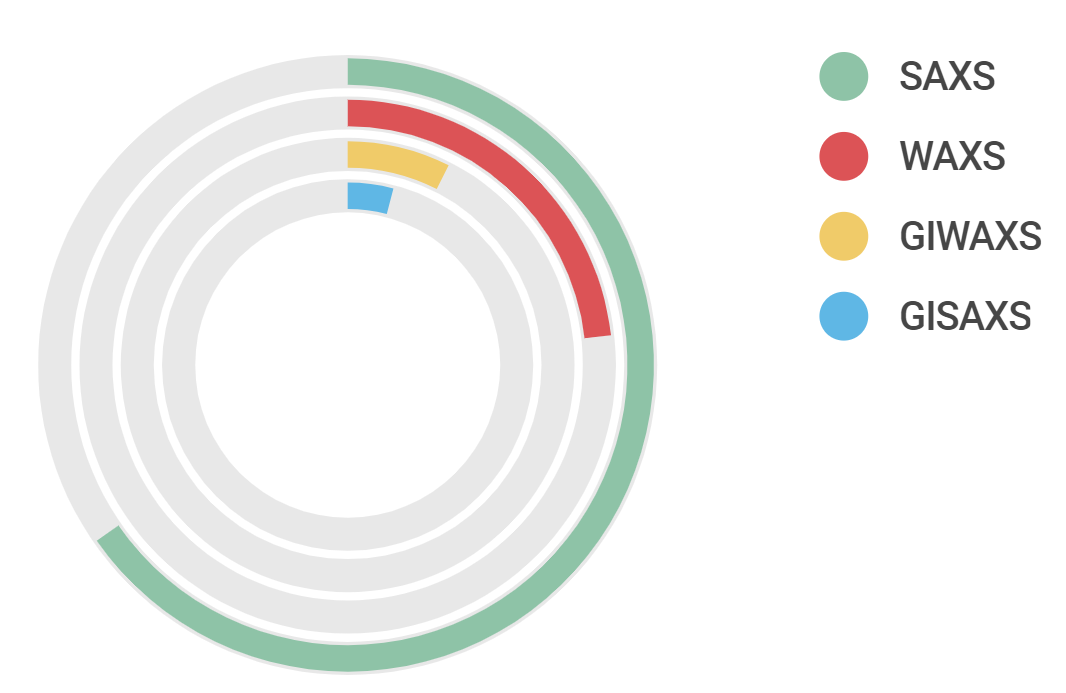
Fig. 4 shows a selection of samples presented in recently published articles. Not only do these exhibit very different structural characteristics (from biological materials to polymers, nanoparticles, and fibers) but they also cover multiple applications (such as drug formulation and delivery, renewable energy and storage, food, cosmetics, or materials science). This proves that laboratory SAXS plays an important role in the development of multiple research fields.
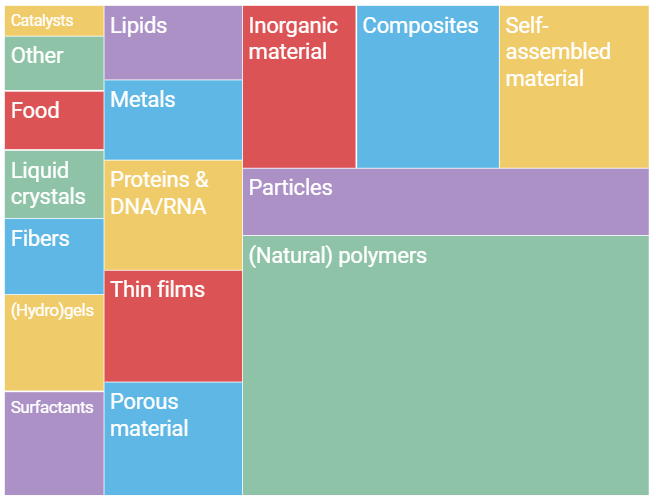
For each of these samples, SAXS is able to provide a variety of information generally extracted from a single measurement. Fig. 5 displays a selection of information presented in recently published papers. Detailed structural analysis over different length scales plays a crucial role in understanding the interplay between nanostructures and their respective functions which in turn are essential for modern materials development.
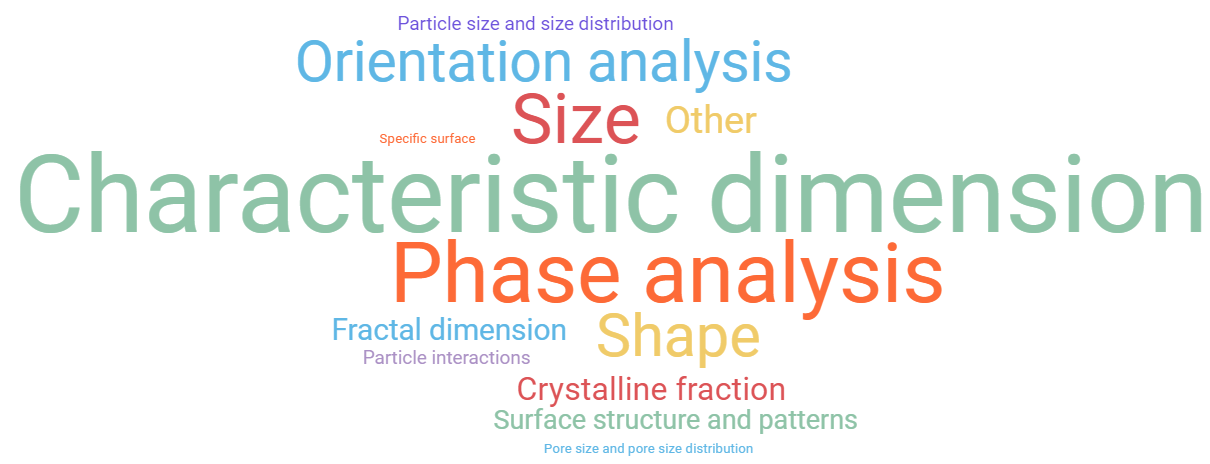
Over the past years, laboratory small angle X-ray scattering has seen a steady increase in popularity, a trend which suggests that the technique will continue also in the future to strengthen its position as a standard method for nanostructural analysis touching a myriad of research domains. Given its important research influence on the characterization of materials, SAXS is very likely to play an increasingly impactful role in providing structural information on an ever-increasing array of systems.
Source: Xenocs
References:
[1] Minelli, Caterina, et al. “Versailles project on advanced materials and standards (VAMAS) interlaboratory study on measuring the number concentration of colloidal gold nanoparticles.” Nanoscale 14.12 (2022): 4690-4704.
[2] International Organization for Standardization. (2020). Particle size analysis – Small angle X-ray scattering (SAXS), ISO 17867:2020 Retrieved from https://www.iso.org/standard/69213.html
[3] International Organization for Standardization. (2022). Determination of the specific surface area of porous and particulate systems by small-angle X-ray scattering (SAXS), ISO 20804:2022 Retrieved from https://www.iso.org/standard/69214.html
The Next Generation (GI-)SAXS/WAXS/USAXS beamline for the laboratory – Xeuss 3.0
